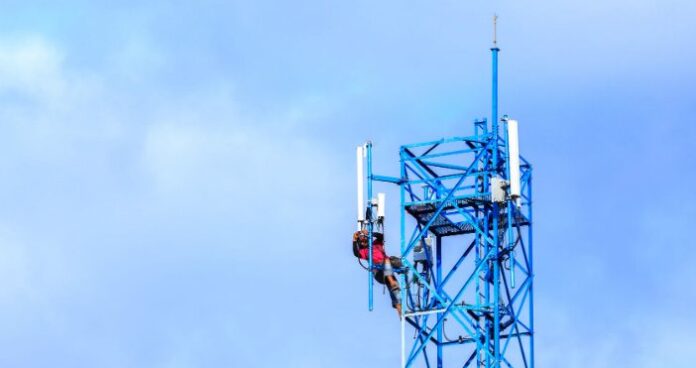AT&T, SBAC, EXFO and Kathrein share perspective
Modifications to cell towers and cell tower equipment are known as tower amendments. Although new tower builds have declined somewhat in recent years, tower amendment activity continues to be robust.
“There’s a tremendous amount of touches … on the macro sites today,” said SBA Communications CEO Jeffrey Stoops, speaking at this year’s Wireless Infrastructure Show. “They’re different touches than they were two years ago, when it was all about adding new equipment … most of what’s going on today is a lot of refarming of 2G and 3G spectrum, where you’re adding antennas and radios to handle the LTE traffic, but you’re probably also taking off some 2G and 3G radios and antennas.”
AT&T expects tower amendment activity to continue at a healthy clip. Al Burke, the carrier’s assistant VP for radio access network hardware and software development, shared his outlook on a recent RCR Wireless webinar.
“It looks like there’s going to be a continued robust amount of activity with regard to modifications on sites,” he said, adding that the No. 1 driver of site amendment activity is data traffic, which has increased 150,000% on the AT&T network since the launch of the iPhone in 2007. “The growth is going to continue, so there will still be certainly some modifications necessary for that. Also, technological changes at times do require certain changes at the towers … and there’s also just the simple desire to potentially change the way a cell is operating and change the coverage pattern or something like that, and modify the antennas that are on the site,” he said.
Wideband antennas and fiber to the tower top
Antennas that support more spectrum bands mean carriers do not need to add a new antenna to each tower for each spectrum band. This is a key consideration since antennas that support the 700 MHz band are larger than those used in 3G networks. AT&T Mobility, Verizon Wireless and T-Mobile US have all deployed LTE on the 700 MHz band.
Many towers now support more than one operator, leaving even less room at the top for new antennas. Wideband antennas enable carriers to maximize their use of the available space on the towers.
“Mobile operators can deploy all their bands and technologies on fewer antennas without compromise to their network quality,” explained Jim Nevelle, president and CEO of Kathrein USA.
In some cases operators are working on towers to not just improve performance, but also to reduce operating costs. Often carriers are replacing copper cable with fiber, according to Marquis Dorais, fronthaul business development manager at EXFO. Dorais said that fiber to the tower has the potential to dramatically reduce network operating costs.
“[Fiber to the antenna] or what we call C-RAN, is really the biggest cost saver for mobile network operators,” said Dorais. “I would say two of the biggest operational costs for operators are power and rental [of] site locations. So in that sense, with FTTA, with C-RAN, they can reduce their power because they’re going toward fiber, so no more copper cable loss, and also with C-RAN they can have a remote site 15 kilometers away, a standalone remote site without the base station, and again that saves on operational cost for operators.”
For more insights from these companies and others, see our recent tower technology report and webinar.

